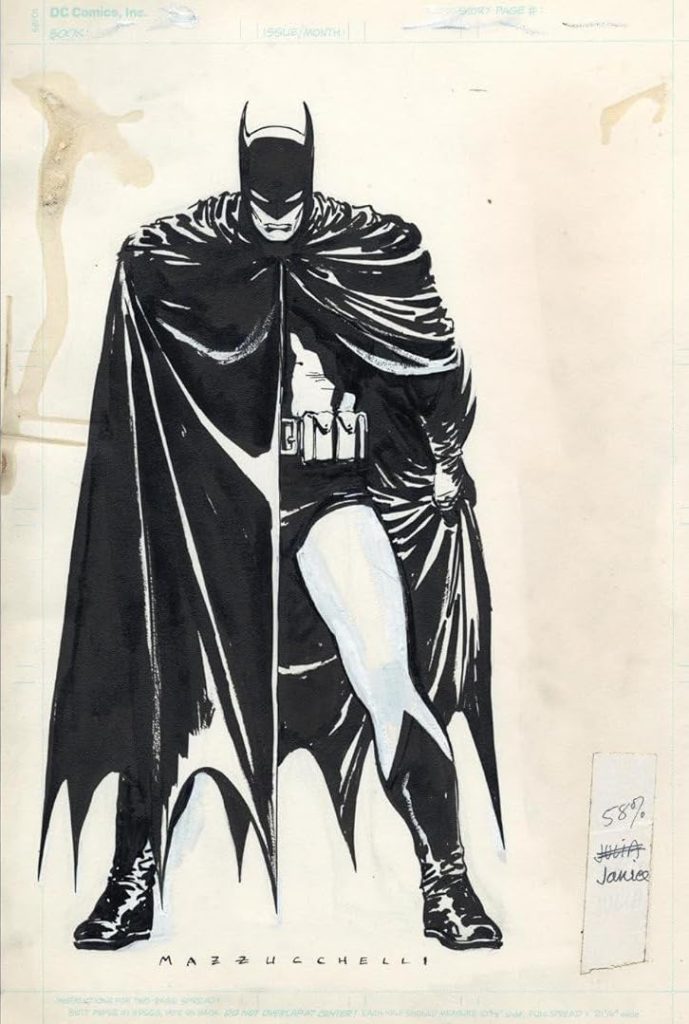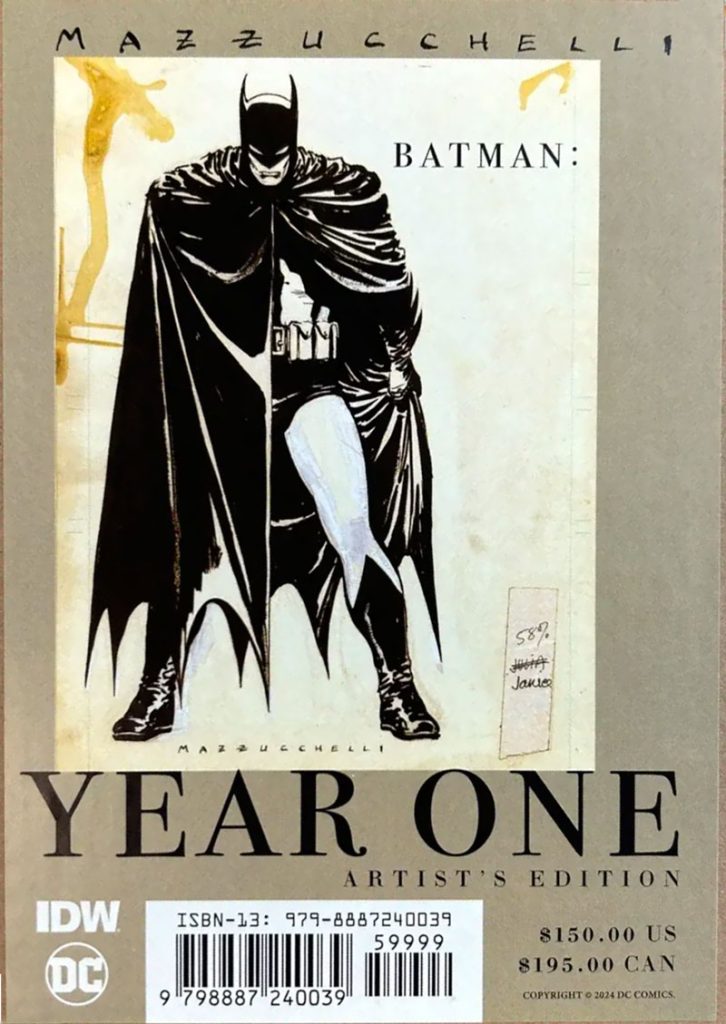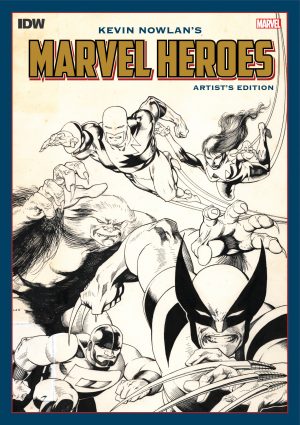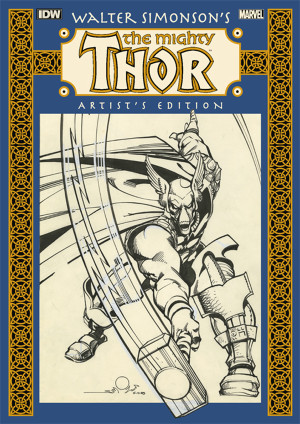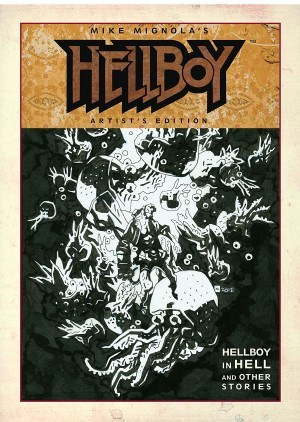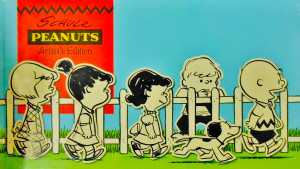Review by Woodrow Phoenix
The Artist’s Edition series presents pages of artwork produced for comics. They’ve been photographically scanned in colour at very high resolution and reproduced actual size, on heavyweight paper. This process produces the sensation of looking at original drawings exactly as created by the artists with all the pencil marks, corrections, different pens and inks, production notes, trimmed page edges and other artefacts visible. David Mazzucchelli’s previous collection featuring his work for Daredevil Born Again was released in 2012 and became the best-selling of all IDW’s AEs, receiving both an Eisner Award for Best Archival Project, and a Harvey Award. This second Mazzucchelli production is likely to break that record, given that Batman: Year One is one of the most widely lauded and influential titles published by DC in the last forty years, re-released in a variety of formats and continually rediscovered and referenced all over the DC universe.
The first thing you’ll notice about David Mazzucchelli’s Batman Year One Artist’s Edition? It’s big. Bigger than the standard size for Artist’s Editions–generally around 304 by 434mm–and bigger than the really huge Chris Ware portfolio, Monograph–340 by 460 mm–and almost as big as the gigantic–380 by 558 mm–MAD Artist’s Edition . It measures a shelf-testing 355 by 533 mm and at 144 pages is heavy enough to make you think carefully about finding a solid surface to place it on before you open it. This expanse accommodates the range of paper sizes used to create artwork for this project, from the the roughs, test drawings, complete pencil layouts and notes for each chapter of the story; the covers for each individual issue, some inked and some painted; and the three sizes of board used for the comics pages. There are even two pieces of art–one cover for Batman: Year One 405 and one pin-up page featuring Commissioner Gordon for DC’s Who’s Who– which are accompanied by the tracing paper overlays for the solid colour holds forming part of the images.
The introduction by Mazzucchelli really helps how you look at this book and the wonderfully reproduced inks, paint and pencils, to appreciate what a radically smart approach he took to this material at a time when few people were thinking this way about working with the limitations of four-colour repro in superhero comics. “I hope you enjoy these ink drawings,” he writes in his last paragraph, “Line art like this can be very seductive as it purports to be the ‘true’ work of the artist. But without my art-partner these lines are just a skeleton … after perusing the production art reproduced in this volume I invite you to go back to your copies of Batman: Year One and experience it the way it was meant to be seen.”
